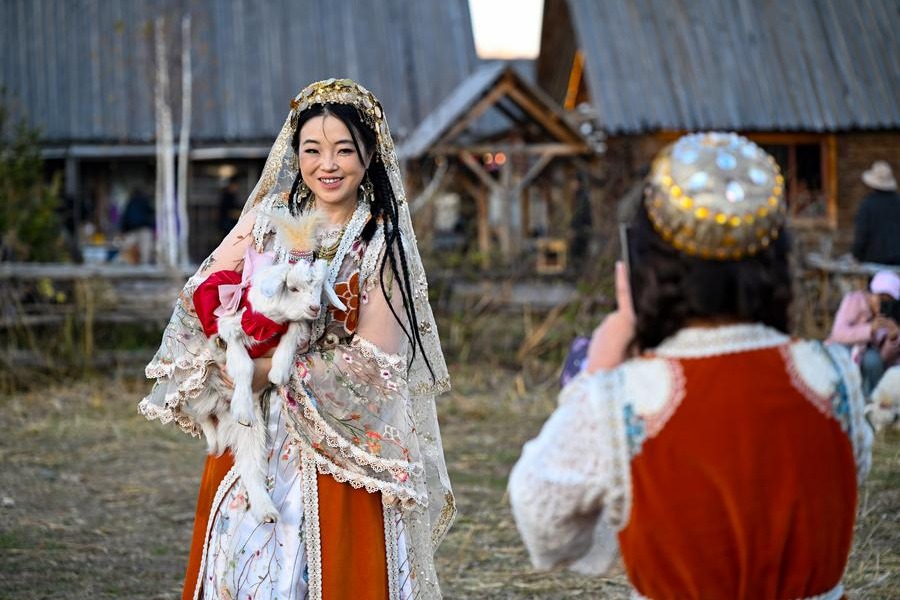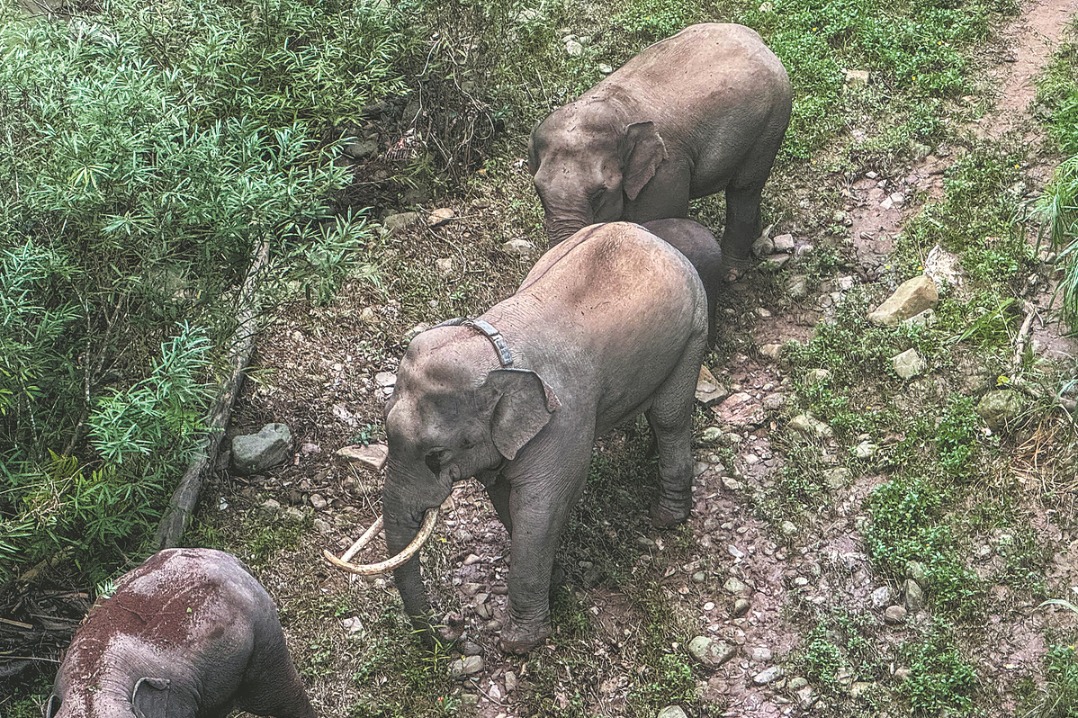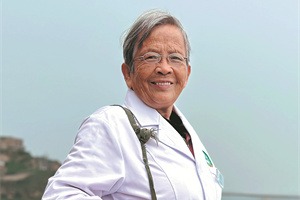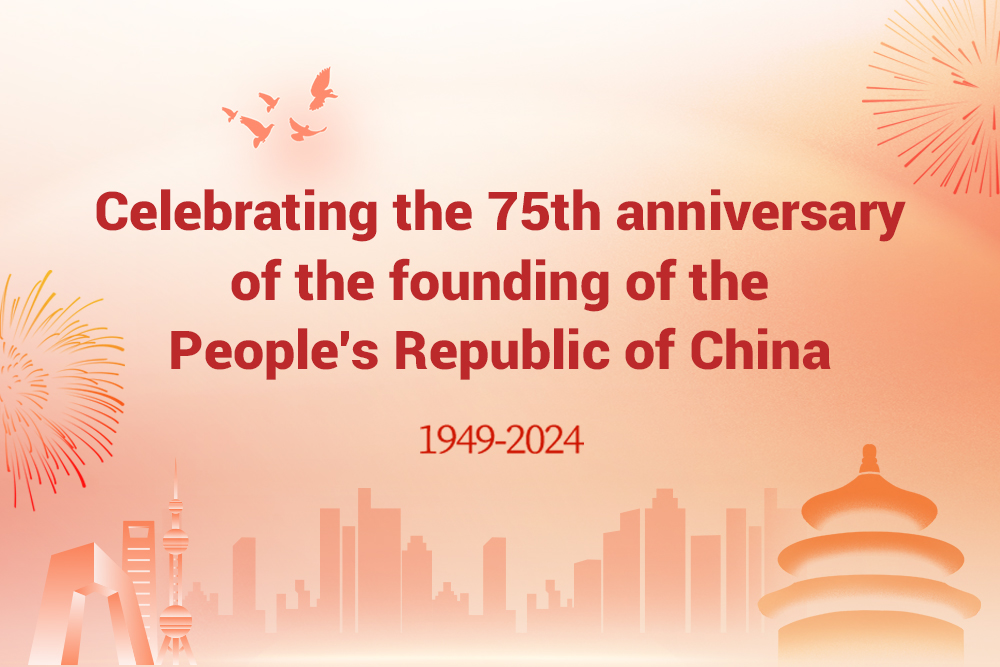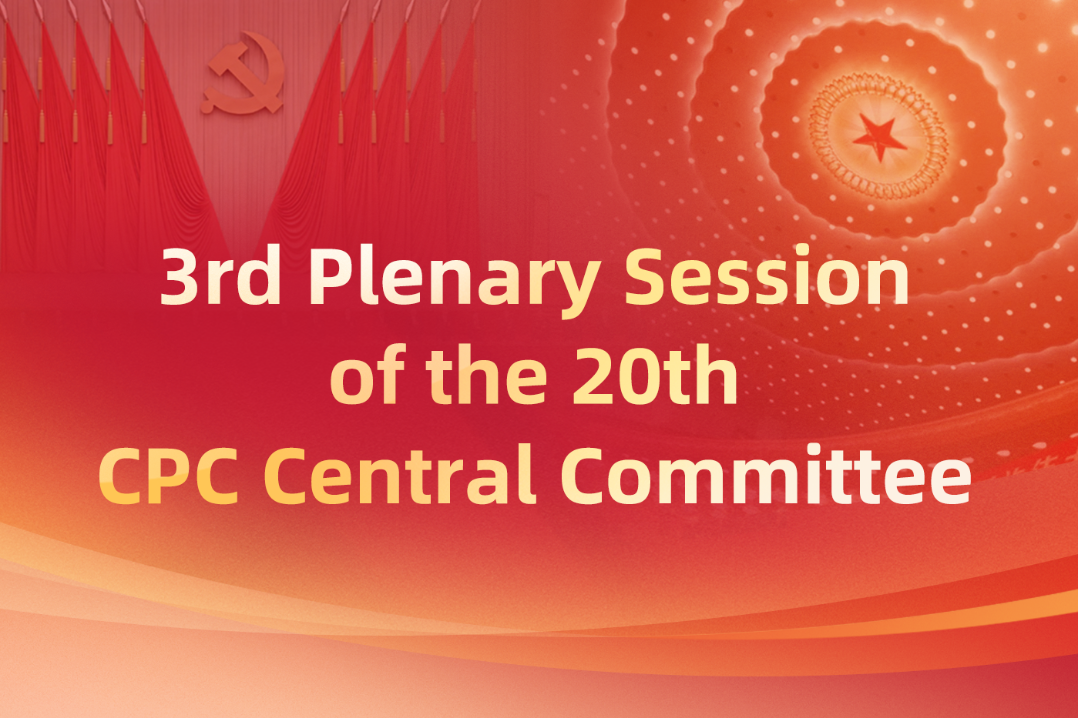Xi's thought guides reform of armed forces


President's goal is to build stronger, more integrated and more flexible PLA
Editor's Note: To mark the 95th anniversary of the founding of the People's Liberation Army, China Daily is publishing a series of stories elaborating on Xi Jinping Thought on Strengthening the Military, expounding its main ideas from different angles.
The People's Liberation Army has been undergoing a historic reform guided by President Xi Jinping since late 2012, when Xi became the top leader of the Communist Party of China and the Chinese military. Xi Jinping Thought on Strengthening the Military has also made it clear that pursuing reform and encouraging innovation are key to military's strength.
The reform has resulted in the biggest, most important overhaul of the PLA in decades. The senior governing bodies of the world's largest military have been reshuffled-up to the Central Military Commission-to optimize the command chain. The regional command systems have been reorganized to boost joint combat capabilities. Group armies and institutions have been merged to improve efficiency, and new high-technology units have been set up to prepare for operations in nontraditional fields such as cyberspace.
Experts said the president's goal is plain and clear: The PLA must become stronger, more integrated and more flexible so it will always be able to win modern wars.
Not long after Xi became general secretary of the CPC Central Committee in November 2012, he announced his determination to revolutionize the PLA and build it into a mighty force capable of safeguarding China's security and interests. Since then, the CPC Central Committee with Xi as the core has been making theoretical and practical efforts to identify what kind of military should be built in order to respond to the new realities of the new era and help make the great Chinese dream of national rejuvenation come true, and what steps should be taken to build such a military. The outcome of these discussions has come to be known as Xi Jinping Thought on Strengthening the Military.
"China is at a crucial stage in its path toward becoming a world power" and "the country is facing new situations and new challenges when it comes to its security and development", so the Chinese military must be aware of its responsibilities and problems and make comprehensive changes, the president said.
Under the reform, changes have taken place in the life of almost all PLA personnel. Many officers, including hundreds of generals, have been moved to new positions, while some have returned to civilian life. Soldiers are now spending more time in battle training and live-fire exercises, and corrupt commanders have been expelled and punished.
"Without a strong military and strong national defense, we could not achieve our goal of building a strong country," said Major General Luo Yuan, a retired researcher at the PLA Academy of Military Science. "To safeguard national security and development interests, we must have a compatible military force."
In November 2013, a plenary session of the CPC Central Committee declared a formal decision to undertake massive military reform.
Four months later, the Central Military Commission established a group under Xi's leadership tasked with drawing up a road map for the reform and guiding its implementation. This marked the first time that the Party's general secretary had personally headed an authority dealing with reform of the national defense system and the military.
To prepare for the reform, Xi presided over two plenary meetings of the Political Bureau of the CPC Central Committee to listen to experts' thoughts, research findings and suggestions.
Xi also convened three meetings of the Central Military Commission's reform leadership group to solicit and discuss ideas and advice from top PLA authorities, service headquarters, regional commands and research bodies. Moreover, the commander-in-chief personally arranged the research and making of major reform policies.
Under his instructions, the military organized more than 800 workshops and asked over 2,900 high-ranking officers, government officials and researchers to share their ideas, considerations and suggestions. The armed forces also encouraged service members to submit their opinions, and finally received over 3,400 suggestions.
After over 150 rounds of revision, in July 2015, an overall reform plan was approved by top Party and military authorities. Four months later, the plan was unveiled.
The once-in-decades overhaul soon took effect. The last day of 2015 saw the establishment of the PLA Ground Force Headquarters, the PLA Rocket Force and the PLA Strategic Support Force, an unprecedented step that formally started the historic military reform.
In January 2016, the top four PLA departments-general staff, political, logistics and armament-were disbanded and their functions and duties handed to 15 new agencies under the direct control of the Central Military Commission.
Soon after, regional command systems, which administered frontline forces for more than 60 years, were reshuffled into the eastern, southern, western, northern and central theater commands. These replaced seven regional commands named after their headquarters cities: Beijing, Shenyang, Jinan, Lanzhou, Nanjing, Chengdu and Guangzhou. The commission also established the Joint Operations Command Center and the Joint Logistics Support Force.
In the reform, the PLA cut its troops by 300,000 and its Ground Force reduced the number of its group armies from 18 to 13. Also, the number of the PLA's universities and colleges was cut from 74 to 43.
However, the Navy and Rocket Force were expanded, while the number of noncombatant personnel was reduced.
"The military reform greatly cut the size of the Ground Force … and the staff of the Ground Force has dropped below 50 percent of the entire PLA," said General Li Zuocheng, chief of staff of the Central Military Commission's Joint Staff Department, who was commander of the PLA Ground Force during the troop reduction.
He said the reform would turn China's traditional massive land force into a strong and modern army.
Key to strength
Xi has repeatedly stressed the role of science, technology and innovation in the Chinese military.
Upon his request, the CPC Central Committee established a Central Commission for Integrated Military and Civilian Development to foster this work.
The military also reorganized its top research institutions-the PLA Academy of Military Science, the PLA National Defense University and the PLA National University of Defense Technology.
Shao Dan, a researcher at the PLA Academy of Military Science, said the reform is expected to make the Chinese armed forces better suited to modern warfare and give them greater deterrence capabilities to safeguard the nation's sovereignty and interests.
"The past military system that relied heavily on ground forces has been abolished, while new capabilities in strategic early-warning, long-distance marine defense, long-range strike, strategic power deployment and information support have been extensively strengthened," she said.
Senior Colonel Wu Qian, a spokesman for the Ministry of National Defense, said the reform is intended to shape the future of the PLA and has become the deepest and most comprehensive shake-up of the military.
The reform has established a new command system, with the Central Military Commission at the top of it. The regional commands are responsible for inter-service exercises and combat operations, while the headquarters of the Ground Force, Navy and other services take charge of training and unit development.
"The reform has restructured the armed forces, giving them new momentum and strengthened morale," Wu said.
- Chinese revel in culture, tourism feast during holiday
- World leaders extend congratulations on PRC's 75th founding anniversary
- Ethnic vloggers popularize highs and lows of rural life
- 2 killed as typhoon lands in Taiwan
- China-built supply chains to benefit all
- Condolences given after Taiwan hospital fire
















